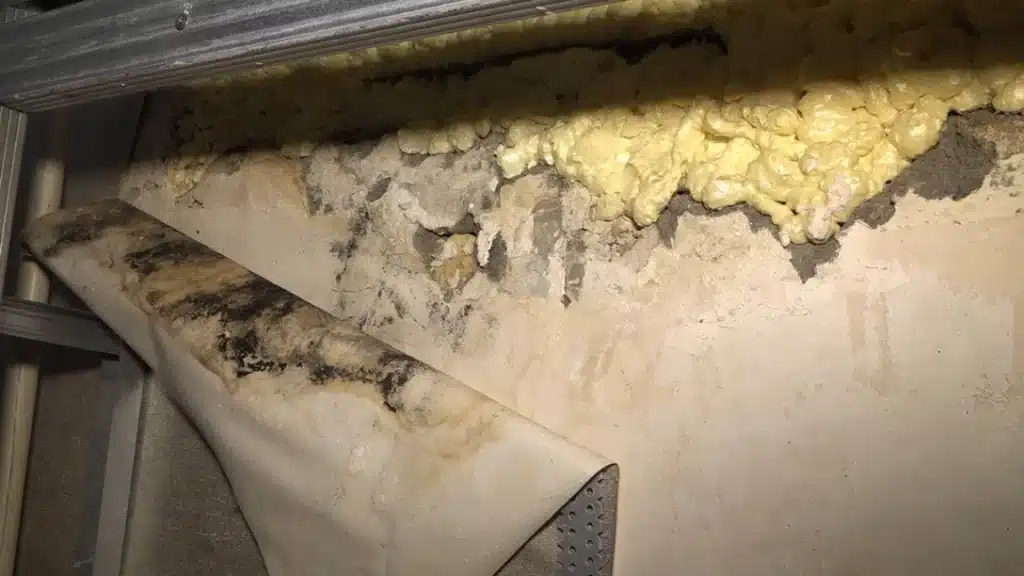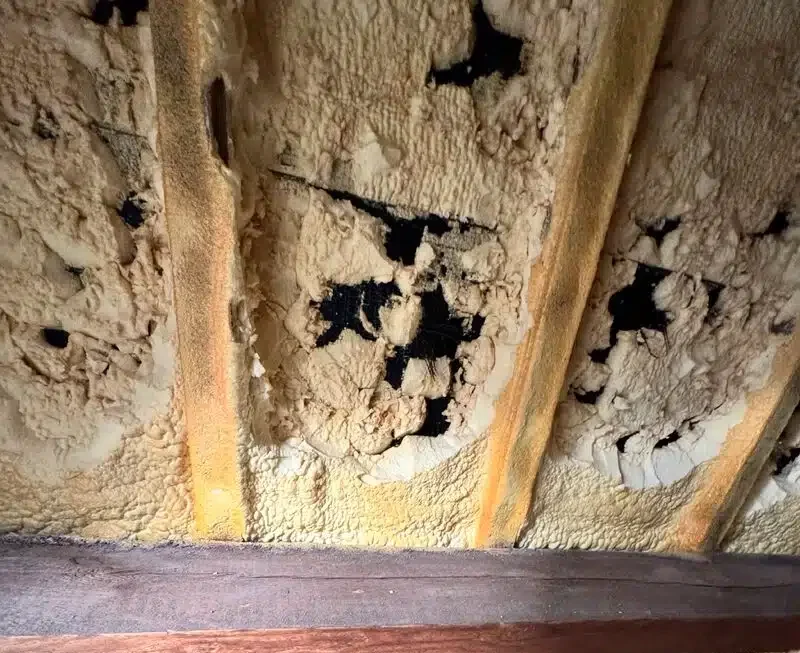Outdated or poorly installed insulation leads to higher energy bills, uncomfortable indoor temperatures, and increased strain on HVAC systems. The most direct signs include uneven heating or cooling, frequent drafts, temperature fluctuations between rooms, and rising utility costs. These indicators usually signal that insulation has settled, degraded, or was never installed to meet current efficiency standards.
Flatland Roofing & Insulation has hands-on experience diagnosing insulation performance issues in residential and commercial properties. With decades working across varied building types and insulation systems, this article offers guidance based on field-tested practices, not theory. Expect practical data, clear comparisons, and insights drawn from real-world application in West Texas and similar climates.
Key Signs Your Insulation Needs an Upgrade
Inconsistent Indoor Temperatures
Rooms that feel significantly warmer or colder than others suggest gaps or uneven insulation distribution. This problem occurs frequently in older homes and buildings with settled or compressed materials.
Drafts and Air Leaks
Noticeable drafts around windows, doors, outlets, or along baseboards indicate insulation failure, especially in exterior wall cavities or attic bypasses.
Rising Energy Bills
A gradual or sudden increase in heating and cooling costs points to energy loss. EnergyStar notes that proper insulation and air sealing can save up to 15% on HVAC expenses (source).
Ice Dams and Condensation
Moisture buildup in attics or ice dams on roofs show that warm air is escaping through poorly insulated ceilings. This leads to condensation and long-term damage.
Pests or Rodents in Walls or Attics
Pests nesting in insulation can degrade its effectiveness. Loose-fill and batt types are especially vulnerable.
Soundproofing Loss
Increased outside noise inside the home may reflect thinning or displaced wall insulation.
Common Insulation Issues Compared
| Issue | Likely Cause | Typical Location | Solution |
|---|---|---|---|
| Uneven Temperatures | Settled/blown insulation | Attics, walls | Dense-pack cellulose or new installation |
| High Energy Bills | Inadequate R-value | Whole building | Re-insulation with higher R-value |
| Drafts | Air leaks due to missing insulation | Rim joists, basements | Air sealing + insulation install |
| Ice Dams | Warm air leakage | Roof decking, attic | Attic air sealing and insulation upgrade |
| Pest Intrusion | Damaged insulation material | Walls, attic floors | Material replacement and pest control |
Technical Specs for Insulation Performance
| Insulation Type | R-Value per Inch | Best Application Areas | Notes |
|---|---|---|---|
| Blown-In Cellulose | R-3.2 to R-3.8 | Attics, walls | Settles over time; needs correct density |
| Loose-Fill Fiberglass | R-2.2 to R-2.9 | Attics | More air gaps; requires air sealing |
| Dense-Pack Cellulose | R-3.6 to R-3.8 | Closed cavities | Superior for wall insulation |
| Spray Foam (Closed Cell) | R-6.0 to R-6.5 | Rim joists, small cavities | Moisture barrier; costlier but effective |

Regional Considerations for West Texas
In semi-arid zones like West Texas, insulation must handle high daytime temperatures and cooler nights. Homes without sufficient attic insulation (R-38 or above) often experience thermal bridging and radiant heat gain. Reflective barriers combined with dense-pack cellulose or blown-in insulation provide improved resistance to heat transfer.
Bonus Tip
Install insulation baffles in attics before adding blown-in insulation to ensure ventilation is preserved while maximizing coverage.
Things to Consider Before Making a Decision
- Building Age: Older structures often contain outdated insulation types like vermiculite or low-density fiberglass.
- Moisture History: Water damage reduces insulation efficiency and increases mold risk.
- Access Points: Assess how accessible wall cavities, crawlspaces, and attics are to avoid demolition-heavy installs.
- HVAC Performance: HVAC cycling more frequently than usual is often a symptom of heat gain/loss caused by insulation failure.
- Material Compatibility: Select insulation types compatible with existing construction materials and fire codes.
Related Services from Flatland Roofing & Insulation
Flatland Roofing & Insulation provides direct solutions for insulation performance issues:
- Blown-In Insulation Installation: Ideal for upgrading attic and wall cavities with improved thermal protection.
- Cellulose Wall Insulation: Fills wall cavities with minimal disturbance, reduces heat transfer and sound intrusion.
- Dense-Pack Cellulose: High-density application in closed cavities to correct uneven temperatures and increase comfort.
- Residential Insulation Services: Comprehensive assessments and upgrades based on structure, age, and energy use.
Common Questions About Insulation Performance
How do I know if my attic insulation is still effective?
Measure depth (minimum 10-14 inches for blown-in cellulose). If insulation is below joist level or shows signs of settling, it likely needs an upgrade.
Can I add new insulation over old insulation?
Yes, in most cases. Ensure old insulation is dry and mold-free before adding layers.
How often should insulation be replaced?
Insulation typically lasts 15–25 years. Exposure to moisture, pests, or compression can shorten its lifespan.
Is replacing insulation messy?
Installation methods like blown-in cellulose are minimally invasive and suited to retrofit projects.
What are the health risks of degraded insulation?
Mold, airborne particulates, and rodent droppings are common concerns in damaged or old insulation.
Get Expert Insulation Guidance
For a professional assessment or insulation upgrade tailored to your property, contact:
Flatland Roofing & Insulation Phone: (806) 606-6794 Email: [email protected]
Expert guidance ensures efficient installation, code compliance, and long-term energy savings.
FAQ
What is the best insulation for an old house with no wall cavity insulation?
Dense-pack cellulose offers high R-values and fits into closed wall cavities without extensive demo.
How much insulation should I have in my attic?
For West Texas, aim for R-38 to R-49. That equates to approximately 12 to 16 inches of cellulose.
Can insulation reduce noise?
Yes. Cellulose and fiberglass both absorb sound, but dense-pack cellulose provides superior acoustic performance.
Does insulation improve air quality?
Yes, when it blocks outdoor air contaminants and prevents mold by controlling moisture movement.
Are tax credits available for insulation upgrades?
Yes. Under the Inflation Reduction Act, homeowners can claim up to 30% of insulation costs (up to $1,200/year).






